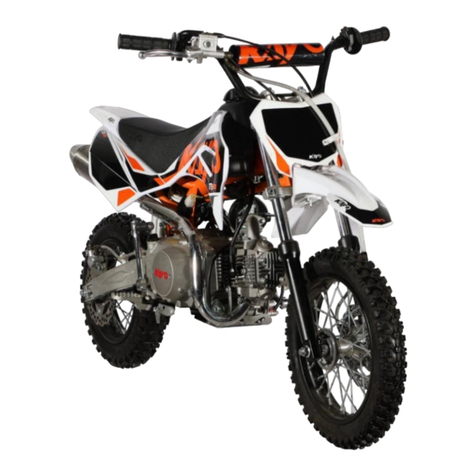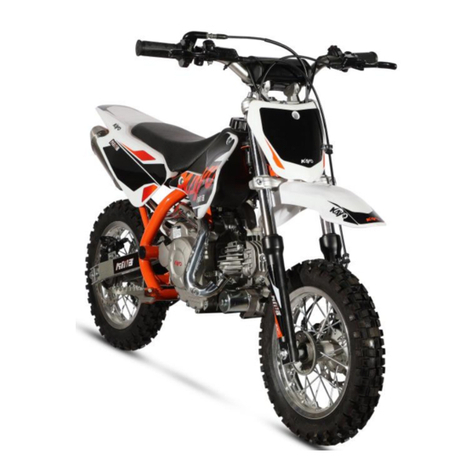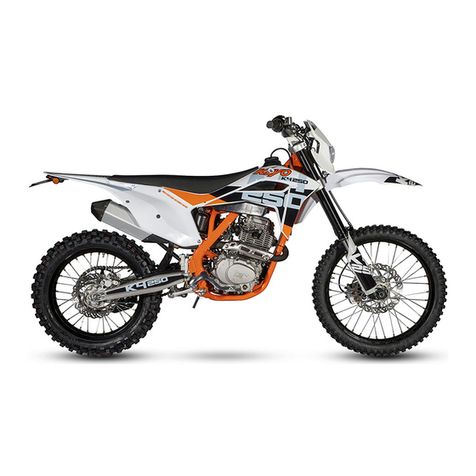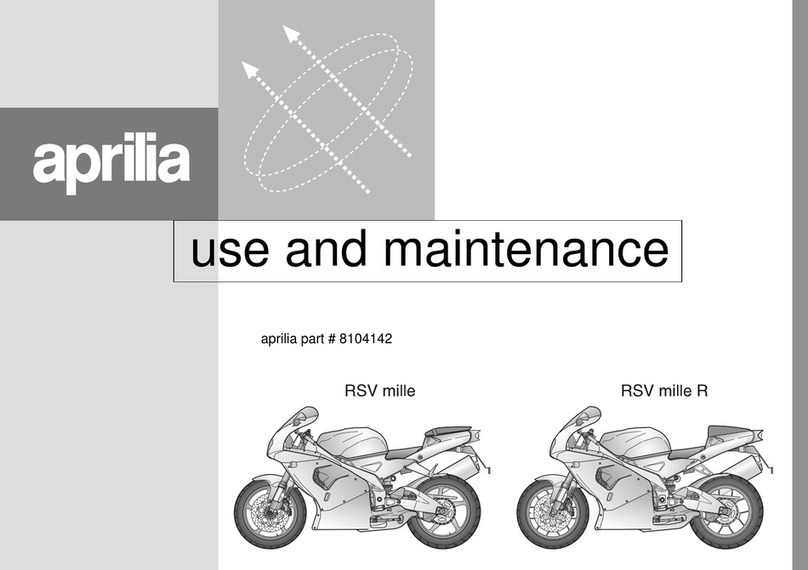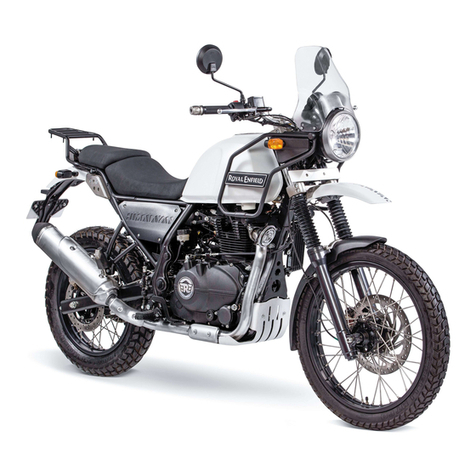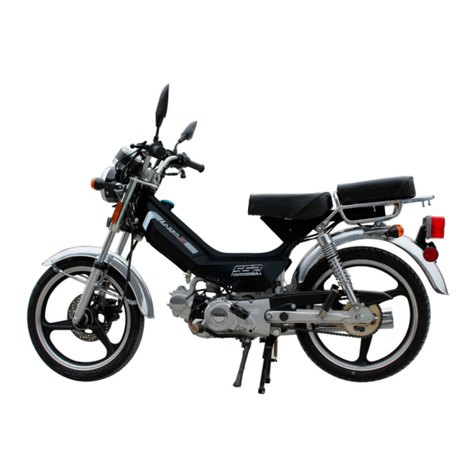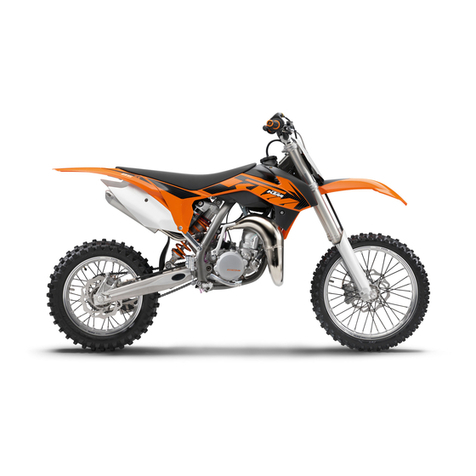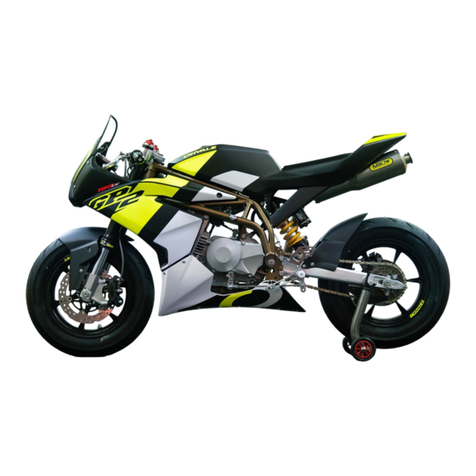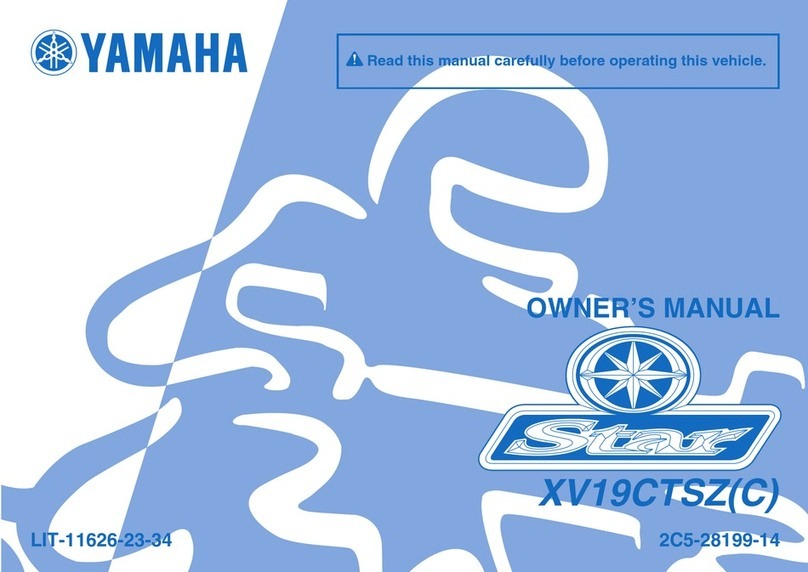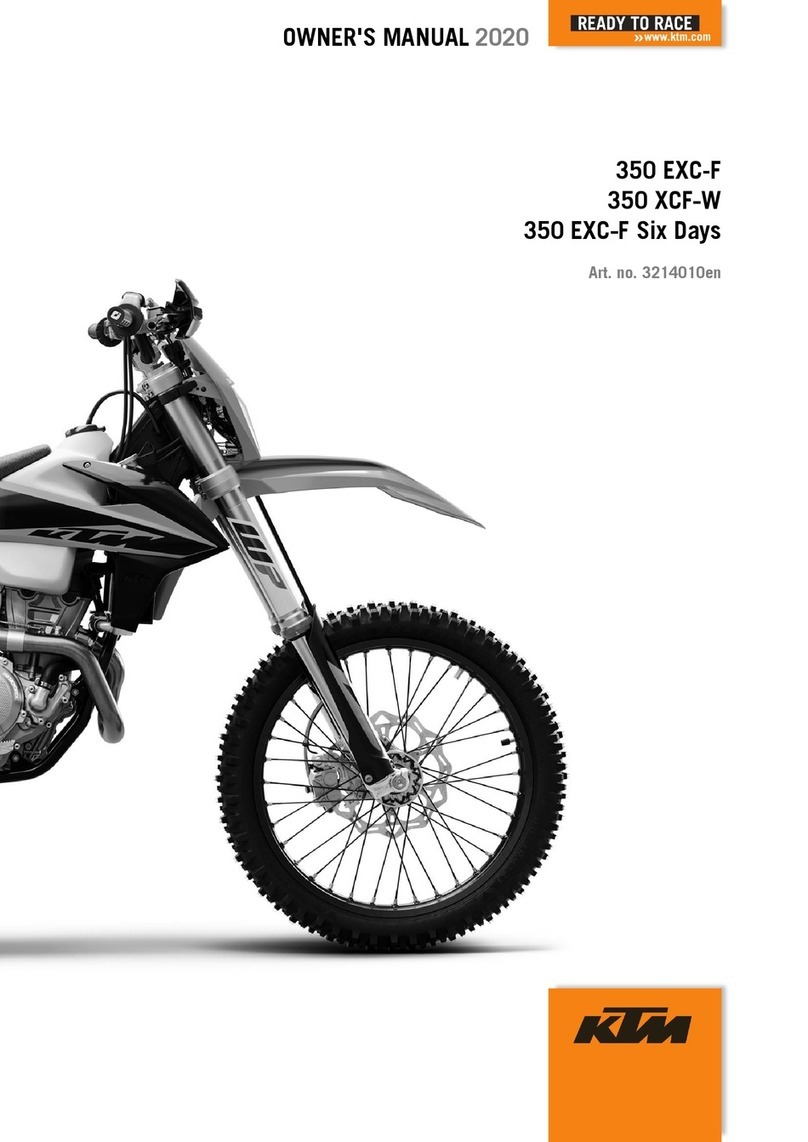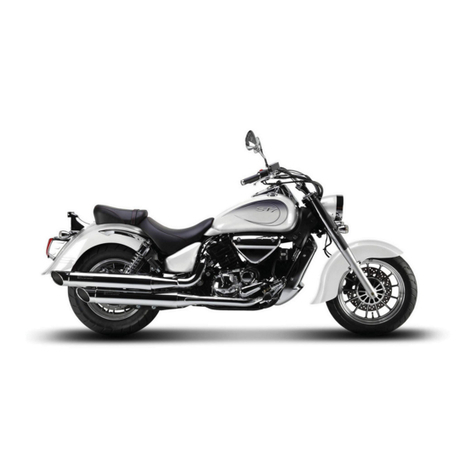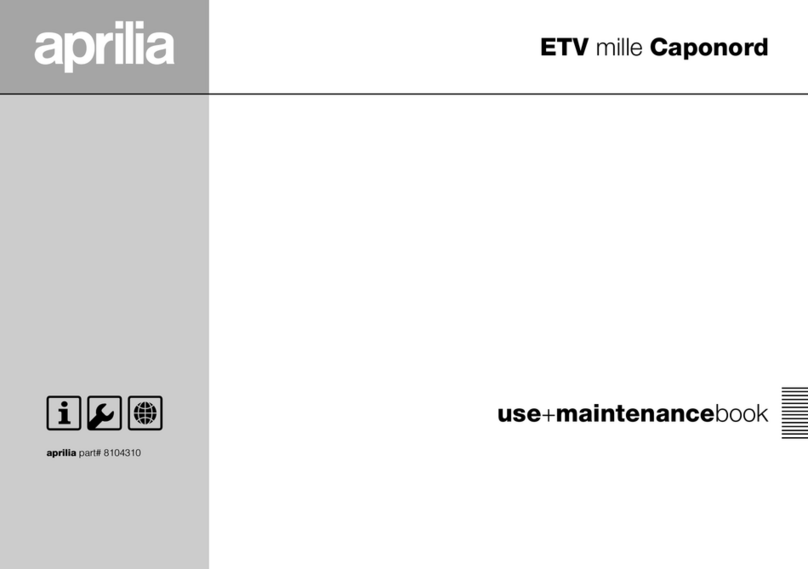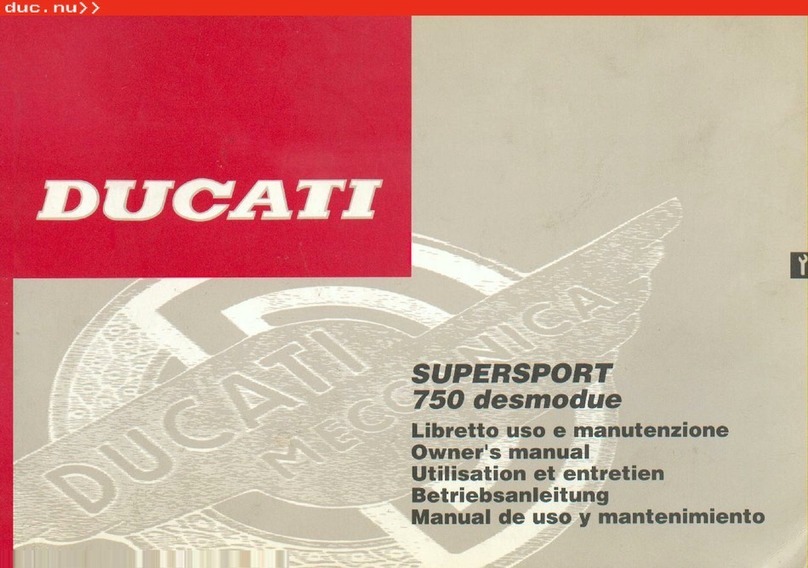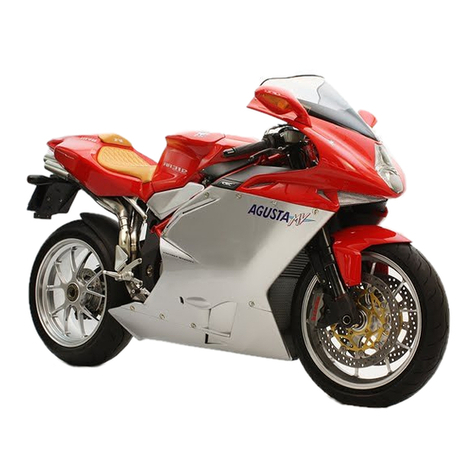
www.kayomoto.us
This service manual is edited by KAYO
Please do not modify the content without authorization。
Manufacturer has the right to improve and update the model’s structure and spare parts without notice.
The model in the image may differ slightly from production models.
Preface
This service manual is edited by KAYO
Please do not modify the content without authorization。
Manufacturer has the right to improve and update the model’s structure and spare parts without notice.
The model in the image may differ slightly from production models.
Notification and Warning
This service manual is edited by KAYO
Manufacturer reserves the right to improve and update this manual, model’s structure, and spare parts without notice.
The images in this manual may differ from the actual model.
This manual, contains words like “Danger/Warning/Caution”, please read the manual carefully and follow the
instructions closely when performing inspections and repairs, this will increase the reliability, performance and
overall lifespan of the vehicle. The meanings of "DANGER", "WARNING" and "CAUTION" are as follows:
Danger: you should pay attention on the dangers that may cause severe injuries or death.
Warning: you should notice of the dangers that may cause injuries or vehicle damage.
Caution: you should focus on the dangers that may cause you uncomfortable or vehicle lifespan decrease.
Contents
Preface………………………………………………………………………….3
Notification and warning……………………………………………………..4
Vehicle profile………………………………………………………………....6
Vehicle component and location……………………………………………………………………………………6
VIN number…………………………………………………………………………………………………………8
Specifications…………………………………………………………………………………………………….....9
Circuit diagram……………………………………………………………………………………………………...11



